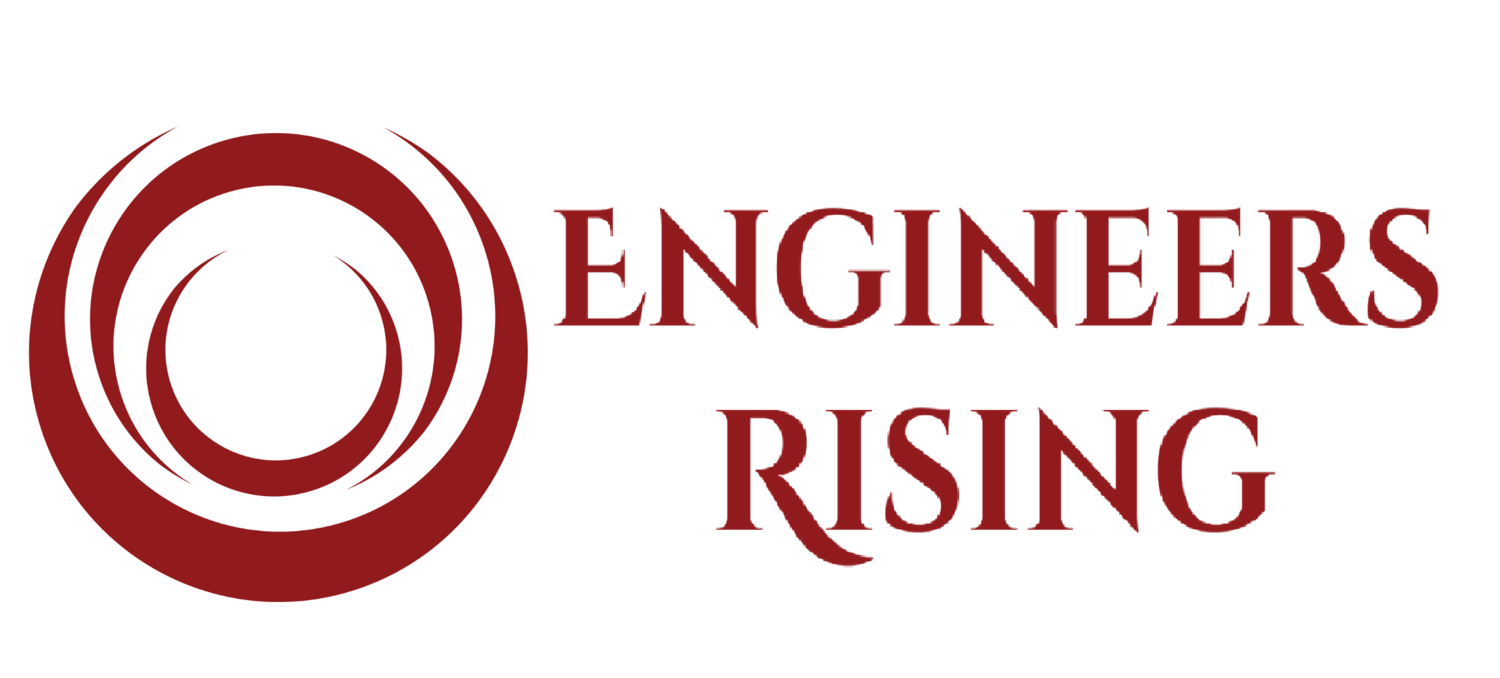I spent years trying to figure out why I wasn’t feeling motivated in one of my roles.
I did loads of reflection exercises, took a bunch of assessments, and each one got me a little bit closer to helping me understand what was going on and what I really wanted in my career.
The problem? While reflection is important (and generally encouraged by me!), sometimes you just need to make a decision given the information you’ve got and move forward.
This is especially critical if you’re dealing with a conflict situation at work with other people (delay while you are thinking about how to handle it usually makes the conflict worse!), or you need to make a career decision, like whether to quit your job and start a new one.
What I was missing in my reflection exercises at the time was a method to quickly cut through the mess in my head, and get to the part where I stopped agonizing over finding the “perfect solution” and took imperfect action that was one step closer to a better path for me.
Since that time, through coaching hundreds of women in STEM, I’ve learned that asking the right question is the missing piece of the puzzle.
I’ve also learned a simple framework for crafting that question. I first learned this in Nancy Kline’s book, Time to Think, and have since adapted it for my own coaching work.
This is particularly relevant if you are struggling with showing up confidently at work, or if you don’t love your current role – and it’s been that way for a while – but you haven’t done anything about it and aren’t sure how to make that shift for yourself.
They are also great for recovering motivation, for those times when you know what you need to do, but for whatever reason you keep putting it off. If you’re stressed about making a decision or dealing with a situation at work, read on!
The simple framework that cuts to the heart of the problem
Asking the right question is the most effective way to bring an incredible amount of clarity to a specific situation. I’ve at times been accused of asking too many questions throughout my engineering career, which you get the benefit of now because it’s in asking all those questions that I found, refined, and tested the ones that work.
But not just any question works. You need one that not only gets you thinking (that reflection part!) but – and this is key – actually spurs you into action so the stress of the situation isn’t hanging over you indefinitely.
The framework is simple and illustrated in the graphic below. The first part of the question asserts a positive assumption. The second part of the question directs you back to your goal or challenge, and how you’re going to approach the problem. Again, I have adapted these from the book referenced earlier in this blog.
Use these 5 questions to re-energize and take action
The five questions below are both examples of applying this framework AND examples of questions I use often for clients that you can use on yourself. Try journaling on them or talking them out with a trusted friend or advisor, which often will often produce more insight than thinking about them alone will give you.
If you knew you were vital to your organization’s success, how would you approach your work?
If things could be exactly right for you in this situation, what would need to change?
If you knew you were as intelligent as your manager/boss, how would you present to them?
If you trusted that your success will not put others in your shadow, what would your goals be?
If you were not to hold back in your life, what would you be doing?
The first half of the question (before the comma) is all about limiting assumptions. The trick here is to ask yourself the question below first, and then flip it around to the positive opposite.
“What assumption am I making about this situation that is holding me back from doing something about this?”
As one example, let’s say you’ve got a conflict situation with your manager. When that happens, you may feel powerless and like you just had to (resentfully) follow your manager’s lead.
If, instead, you stopped to take a moment to ask: “What assumptions am I making that are making me resentful and feeling powerless?”, one possible response might be: “I am assuming I have no choice or ownership in what is going on.”
Flip that around to the positive opposite, and you end up with the first half of the question: “If I knew I have power in this situation, “
The second part of the question is focused on your goal, which in this case is to resolve the conflict between yourself and your manager. That goes in the second half of the sentence. Put them together and the result is:
“If I knew I do have a choice and have power in this situation, how would I approach my manager about this?”
Here is another example in a team setting: Let’s say your team needs to come up with new ideas, but it’s crickets when you try to discuss it during a meeting. When you consider assumptions, the team is making that may be limiting your thinking, one possibility is: “We are assuming only the top people can think about this well and come up with the best ideas.”
Using this framework, that question to trigger idea generation would be:
“If we knew that we can think about this as well or even better than anyone else, what would our ideas be right now?”
What are you struggling with?
What are you struggling with right now that you need to make a decision about? Did you find these questions helpful or do you need help crafting your own? Let me know, I reply to every comment personally!






